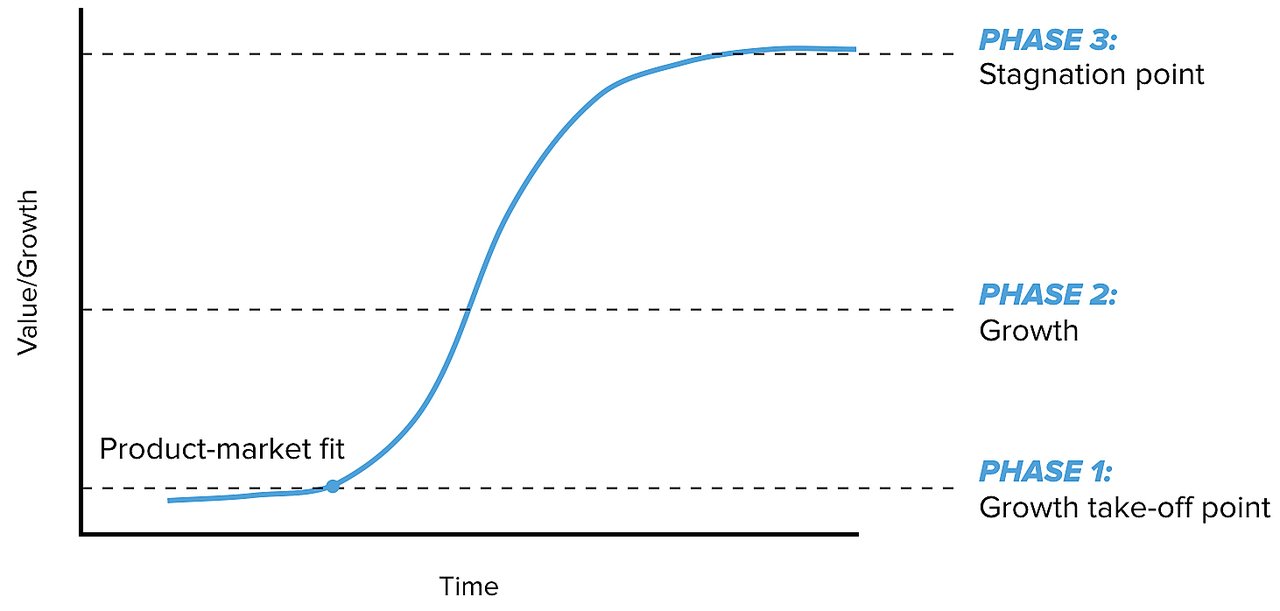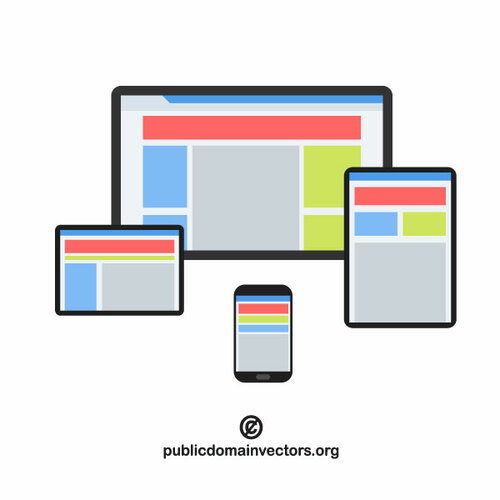They say first impressions are everything, and in the world of online business, your website serves as the initial gateway that connects you with your customers. Picture this: a potential customer discovers your website in a sea of competitors, their eyes eagerly scanning the virtual landscape for something unique, trustworthy, and captivating. In this hyper-competitive digital realm, where thousands of businesses are just one click away, the impact of website design on conversion rates cannot be underestimated. Like an artist carefully crafting a masterpiece, every element of your website's design plays a pivotal role in attracting, engaging, and ultimately converting these virtual visitors into loyal customers. So, let us embark on a journey through the dynamic realm of website design, uncovering the secrets and strategies that can unlock the full potential of your business's conversion rates. Welcome to the captivating world where pixels meet profits!
The Visual Appeal: Creating an Engaging Website Design to Boost Conversion Rates
When it comes to designing a website that truly captivates and converts visitors, the visual appeal plays a pivotal role. A well-crafted and engaging website design has the power to grab attention, evoke emotions, and ultimately drive conversions. So, how can you create a visually stunning website that boosts your conversion rates?
First and foremost, prioritize a clean and intuitive layout. Use whitespace strategically to enhance readability and guide users' attention towards key elements. Harness the power of colors to create a cohesive and eye-catching palette that aligns with your brand and elicits the desired emotional response from your audience. Remember, color psychology plays a significant role in influencing user behavior, so choose your hues wisely. Stunning visual imagery also holds immense power to captivate visitors, so be sure to incorporate high-quality and relevant visuals throughout your website.
Secondly, ensure your website design is mobile responsive. With the majority of users browsing the web on their mobile devices, it is crucial that your website looks and functions flawlessly on screens of all sizes. Embrace responsive design principles to provide a seamless user experience, allowing your website to adapt and display beautifully across various devices and orientations. Additionally, optimize your website's loading speed by compressing images, minifying CSS and JavaScript files, and leveraging browser caching. A fast-loading website not only enhances user experience but also improves your search engine rankings.
In conclusion, an engaging website design can significantly impact your conversion rates. Remember, prioritize a clean and intuitive layout, use colors strategically, incorporate stunning visuals, ensure mobile responsiveness, and optimize loading speed. By employing these techniques, you can create a visually appealing website that captivates visitors and drives conversions. So, harness the power of design and watch your conversion rates soar!
Optimizing User Experience: How Design Elements Influence Conversion Rates
When it comes to optimizing user experience, there is no denying the impact that design elements have on conversion rates. From captivating imagery to intuitive navigation menus, these elements play a crucial role in guiding users and encouraging them to take action on your website.
One of the key design elements that can greatly influence conversion rates is the use of color psychology. Different colors evoke different emotions and have the power to generate specific responses from users. For example, the color red is often associated with urgency and can be effective in creating a sense of immediacy, compelling users to make a purchase or sign up for a service. On the other hand, blue conveys trust and tranquility, making it a wise choice for websites aiming to establish credibility. By strategically incorporating these color schemes throughout your website, you can influence user behavior and ultimately increase conversions.
- Use vibrant and bold colors to draw attention to important calls-to-action
- Choose a color palette that aligns with your brand personality
- Consider the psychological impact of different colors when designing your website
In addition to color, the layout and positioning of design elements can have a significant impact on user experience and conversion rates. Placing important information and call-to-action buttons above the fold ensures that users can easily access them without having to scroll. Clear and concise headings and subheadings also contribute to a positive user experience by allowing users to quickly understand the content and navigate through the website effortlessly. By utilizing whitespace effectively, you can create a sense of balance and focus users' attention on key elements of your design.
- Ensure important elements are prominently displayed above the fold
- Utilize headings and subheadings to break up content and improve readability
- Make use of whitespace to create a clean and visually appealing design
By paying close attention to the design elements that influence conversion rates, you can create a user experience that is both visually engaging and highly effective in achieving your goals. From color psychology to layout and positioning, every decision you make can significantly impact user behavior and ultimately drive conversions on your website.

Responsive Design: A Must-Have for Increasing Conversions
In today's fast-paced digital world, where consumers expect instant access to information and seamless user experiences, responsive design has become an absolute necessity for boosting conversions. Gone are the days when people solely relied on their desktop computers to browse the internet; now, smartphones and tablets have taken center stage. With responsive design, websites automatically adapt to different screen sizes and resolutions, ensuring a smooth and visually appealing browsing experience across all devices.
One of the key advantages of responsive design is its ability to enhance user engagement and satisfaction. By providing a consistent and optimized layout, content, and functionality across different screens, responsive websites make it easier for users to navigate and interact with the site. Whether they're scrolling through product images, exploring a blog, or completing a purchase, the content seamlessly adjusts to fit their device, eliminating the frustration of zooming in or out. Moreover, responsive design eliminates the need to create separate versions of the website for different devices, which can save time and money for businesses. With the ever-growing number of mobile users, embracing responsive design is vital for businesses to stay relevant and competitive in today's digital landscape.
In a world where attention spans are shrinking and competition is fierce, it is crucial for websites to capture and retain user interest. A responsive design enables businesses to create a consistent brand experience, regardless of the device a customer uses to engage with their website. Moreover, search engines like Google favor responsive websites, rewarding them with better rankings in search results. This means that businesses with responsive design will not only experience higher conversion rates but also enjoy increased visibility and organic traffic. With responsive design, businesses have the opportunity to reach a wider audience, maximize their online potential, and ultimately drive more conversions. It's no wonder that responsive design has become a must-have tool in every marketer's arsenal.
Navigational Simplicity: Streamlining Website Design for Higher Conversion Rates
Navigating through a website shouldn't feel like a maze. Attractive and user-friendly websites that prioritize navigational simplicity have been proven to generate higher conversion rates. By streamlining the design, visitors are more likely to stay engaged and find what they are looking for effortlessly.
To achieve this, it is crucial to adopt a minimalist approach. Embrace a clean and clutter-free layout that allows users to focus on the content that matters. Utilize intuitive and consistent navigation menus, strategically placing them at the top or side of the page. By organizing the website's information architecture logically, visitors can easily find their way around and access the desired information without frustration.
Another essential aspect to consider is the implementation of clear and concise calls to action (CTAs). Highlight these CTAs with bold colors, attractive typography, and purposeful placement to draw the users' attention. Make CTA buttons stand out across the website, whether it's for submitting forms, making a purchase, or engaging with the content. Additionally, placing relevant links within the main body of the text helps users seamlessly navigate to related information, minimizing the effort required to move through the site.
In conclusion, simplifying website design with a strong emphasis on navigational aspects can significantly enhance conversion rates. By adopting a minimalist approach, optimizing navigation menus, and incorporating strategic CTAs, visitors will enjoy a seamless and frustration-free browsing experience. So, let your website become a user-friendly haven by prioritizing navigational simplicity.
Concluding Remarks
In a fast-paced and ever-evolving digital landscape, the significance of website design cannot be overlooked when it comes to your business's conversion rates. It is an intricate dance between artistry and functionality, where the smallest of design details can have a profound impact on the success of your online venture. As we have explored the various ways in which website design influences conversions, it becomes undeniable that it holds the power to make or break your business.
From the moment a visitor lands on your website, the design elements woven into the fabric of your virtual storefront start speaking a language that transcends words. Colors, fonts, images, and layouts mingle seamlessly to create a visual symphony, capturing the attention of your audience with a siren's call. A well-designed website engenders trust, establishing an instant rapport with potential customers and coaxing them further into the realm of your offerings.
But it is not merely about the aesthetics; the functionality of your website also plays a pivotal role in shaping conversion rates. Intuitive navigation, user-friendly interfaces, and carefully crafted calls-to-action work together to guide visitors with ease and purpose. A well-planned user experience removes roadblocks, leading your audience down the conversion path effortlessly.
Consider the impact of load times on conversion rates, for instance. In the digital age, where impatience reigns supreme, a slow-loading website can make your potential customers lose faith faster than you can say "refresh." Ensuring that your website is optimized for speed and performance is crucial in keeping those prospects engaged and committed to the conversion journey.
Let us not forget the omnipotent realm of mobile responsiveness. With the majority of internet users now accessing websites from their smartphones, a website that is not mobile-friendly is akin to locking the door on your prospects. Responsive design, where your website seamlessly adapts to various screen sizes, is a vital aspect of maximizing conversion rates. By embracing the mobile revolution, you open doors to a larger audience and untapped potential.
Ultimately, the impact of website design on your business's conversion rates cannot be understated. It has the power to transform casual visitors into loyal customers, guiding them through the labyrinth of decision-making with finesse. So, as you embark on your digital journey, remember that the design choices you make today will shape the future of your business.
In this age of fierce competition, it is the businesses that wield the magic of website design who will emerge triumphant, capturing the hearts, minds, and wallets of their customers. So, go forth and weave your digital masterpiece, where every brushstroke of design will become a brushstroke of success.
No Comments.